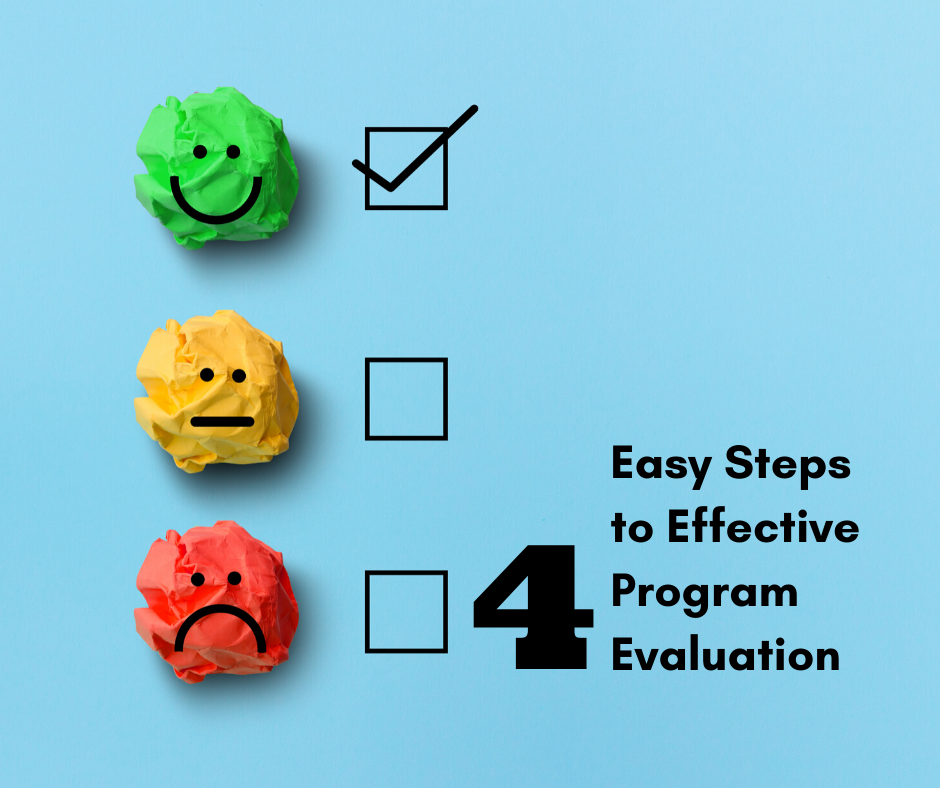Four Types of Conflict That Arise With Stakeholders & How to Resolve Them
Working with external stakeholders is essential for effective nonprofit management. You cannot run a thriving organization without collaborative partners, period. Examples of stakeholders include funders, state & local governments, other nonprofits, and business connections. Every single nonprofit organization works with external stakeholders; in fact, to incorporate, you must work with the Internal Revenue Service and your local and state governments.
Managing relationships with those stakeholders is a balance that sometimes leads to conflict. Competing agendas or territorialism get in the way and leave the participating parties retreating to their camps.
For this reason (and let’s face it, MANY other reasons), as a nonprofit leader, it is helpful to understand how to manage conflict. One lens for managing conflict is to understand the conflict drivers.
The Program for the Advancement of Research on Conflict and Collaboration at the Maxwell School: Syracuse University teaches there are four main conflict drivers that all conflicts fall under- Structural, Interest, Cognitive, & Emotional.
Structural
These are conflicts derive from the inequities of structures. An example of structural conflict is the fight over busing practices in relation to segregation. Structural conflict interventions include revolution or redistribution of power.
Interest
These conflicts arise from competing interests. For example, your organization’s landlord wants to lock down the building where your office is located each night at 6 pm. However, your nonprofit offers parenting workshops after work hours for your clients’ convenience. Interest-based conflicts require negotiation for resolution.
Cognitive
Cognitive conflicts stem from differing beliefs. I believe X, and you think Y. An example of cognitive conflict includes the debate about global warming. To resolve cognitive disputes, both parties must engage in a learning process from one another.
Emotional
Emotional conflicts stem from feelings like fear, grief, or embarrassment. An example of emotional conflict is a dog rescue operating in a city whose government bans Pitbulls due to the fear of their breed. Emotional conflicts resolve with education, acknowledgment, or forgiveness.
Viewing disputes with stakeholders through the lens of conflict drivers helps to evaluate the root causes of conflict and determine a course of resolution. It is important to note that disputes are often complicated, and will contain varying levels of each of these drivers. However, determining the predominate driver and resolution tactic will help you to manage relationships with stakeholders more efficiently.
Spark Group Consulting is trained in conflict resolution and is available to help you manage conflicts that arise in your organizations if you are interested in learning more contact Spark Group today.
⭐ Join my weekly newsletter where I share tons of exclusive tips, tools, grant opportunities, and resources to my subscribers. Subscribe on the Spark Group home page.





